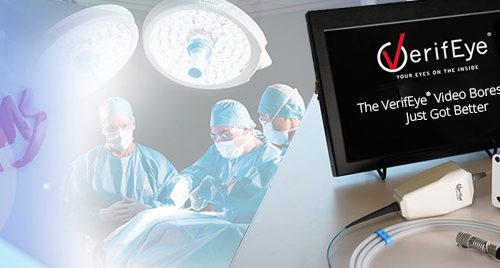Safety in the Sterile Processing Department: Sharps Injuries
It is estimated that 25% of sharps injuries in healthcare facilities belong to SPD team members rather than clinical setting users. How can we prevent this?
Safety in the Sterile Processing Department (SPD) is a critical, yet often neglected detail. There are so many potential hazards in the SPD, but we are going to focus on blood-borne pathogen exposure in this article. More specifically, we will focus on sharps injuries.
Sharps injuries are a significant risk factor for blood-borne pathogen exposure. The blood-borne pathogen risk factors include:
- The blood-borne pathogen involved
- The depth of the wound
- Viral load of the source patient
- Amount of blood/body fluid involved
- Type of exposure (e.g., needle-stick injury, cut, splash to eyes/nose/mouth)
It is estimated that 25% of sharps injuries in healthcare facilities are encountered by support staff such as SPD team members rather than the clinical setting users*. The main risk for sharps injuries in SPD comes from scissors and other instruments which may have sharp tips, disposable needles and blades which should be disposed of at point of use, and equipment which may need repair. Other risks for sharps include bone fragments and broken glass.
Appropriate handling and disposal of sharps is critical to avoiding injuries that can result in serious infection. How do we accomplish this? Here are some safety tips to prevent sharps injuries:
- Properly use personal protective equipment (PPE) including puncture and cut resistant gloves
- Move trays by using the handles
- Visually check for instruments protruding from trays
- Only lift one tray at a time
- Move sharps in containers rather than with hands
- Utilize a long instrument or tongs to sort sharps from instrument sets
- Do not transport instruments in bags if they are not contained in a rigid, leak-proof container
- Visually check for sharps edges on carts, trolley, and instrument baskets
Education is also an extremely important compotent to preventing sharps injuries in SPD. Clinical staff should be educated on placing disposable sharps in the sharps bin at point of use. SPD staff must complete blood-borne pathogen training annually and any time his/her job duties changes. Additionally, there should be a comprehensive safety on-boarding process for new employees which includes work practice audits to ensure they are working in a safe manner and to re-educate as needed during their new hire phase.
The combination of engineering controls, work practice controls, education, and proper on-boarding will go a long way in reducing the risks of sharps injuries in SPD and, therefore, reduce the risk of blood-borne pathogen exposure.
Catch all the latest from the PROCESS PROs and subscribe to receive content directly to your inbox by clicking the link at the top of this article.
Reference:



